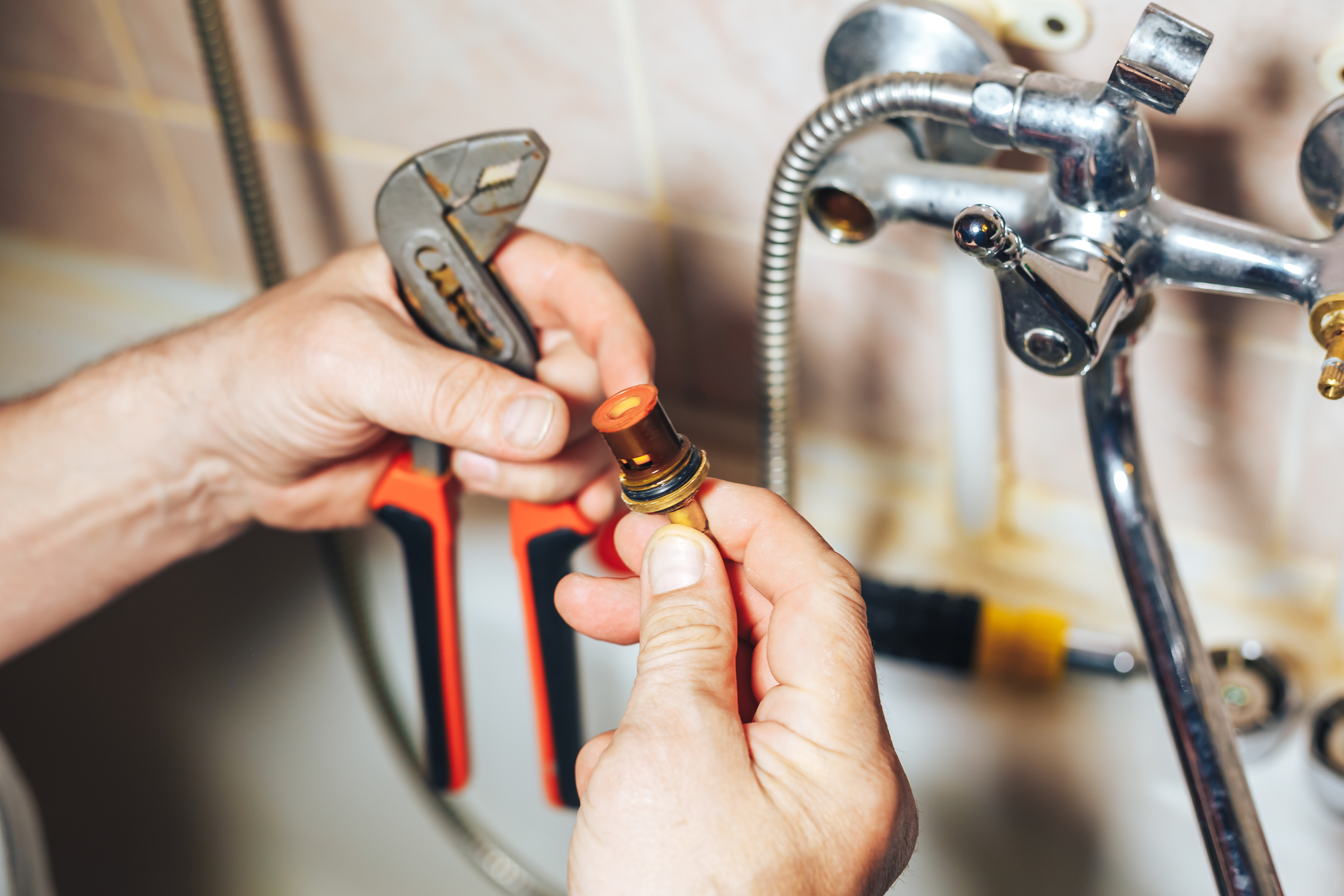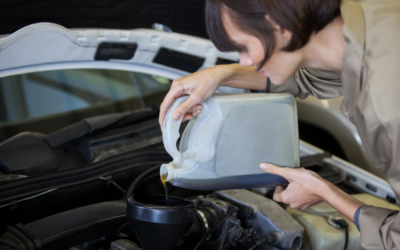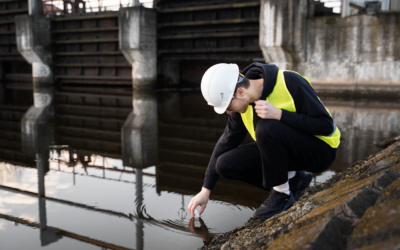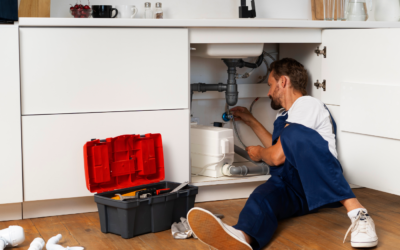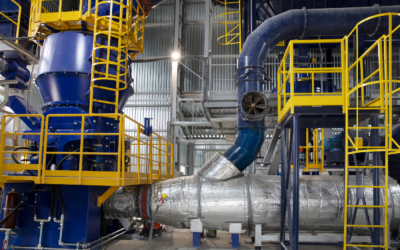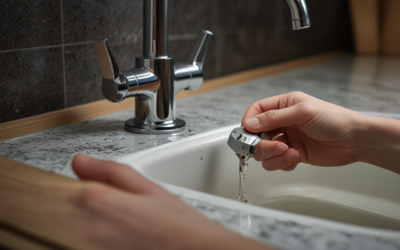Heat pumps have been gaining popularity as an alternative to traditional heating methods. They are cost-effective, energy-efficient, and environmentally friendly, making them a popular choice for homeowners. However, like any other heating system, proper installation is key to achieving maximum efficiency and performance.
Here are ten best practices for installing heat pumps that every plumber should know.
1. Proper Sizing
Installing the right-sized heat pump is crucial to ensure optimum performance. A unit that is too small will fail to meet the heating demands of the house, while one that is oversized will waste energy and money.
2. Site Selection
The location of the heat pump is also important. It should be installed in a location that is free from obstructions and noise. The outdoor unit should also be installed in a level area and protected from direct sunlight.
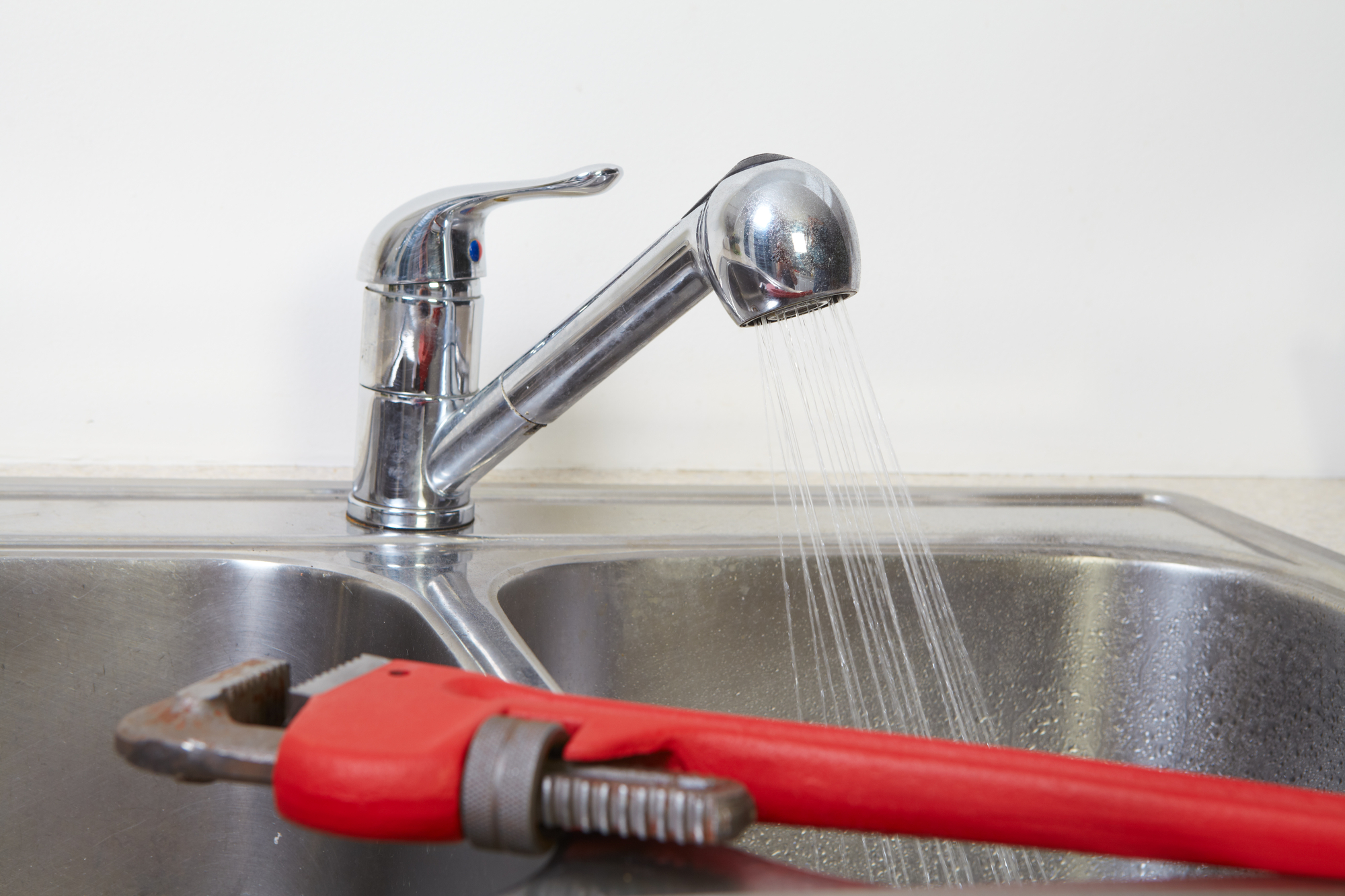
3. Ductwork
Proper ductwork installation is critical to the efficiency of the heat pump system. The ducts should be properly sealed, insulated, and installed in a way that minimizes air resistance.
4. Airflow
Proper airflow is essential for heat pump performance. The system needs to have the correct level of airflow to ensure optimum heat transfer. Airflow should be checked during installation and routinely thereafter.
5. Refrigeration Lines
The refrigeration lines must be properly sized, insulated, and installed. The connections should be sealed, and the unit should be pressure tested to ensure there are no leaks.
6. Thermostat
The thermostat plays a significant role in the heat pump system, and it is important to ensure that it is installed correctly. The thermostat should be located away from external heat sources, such as windows, and installed on an interior wall. It should also be set to operate within the manufacturer’s recommended temperature range.
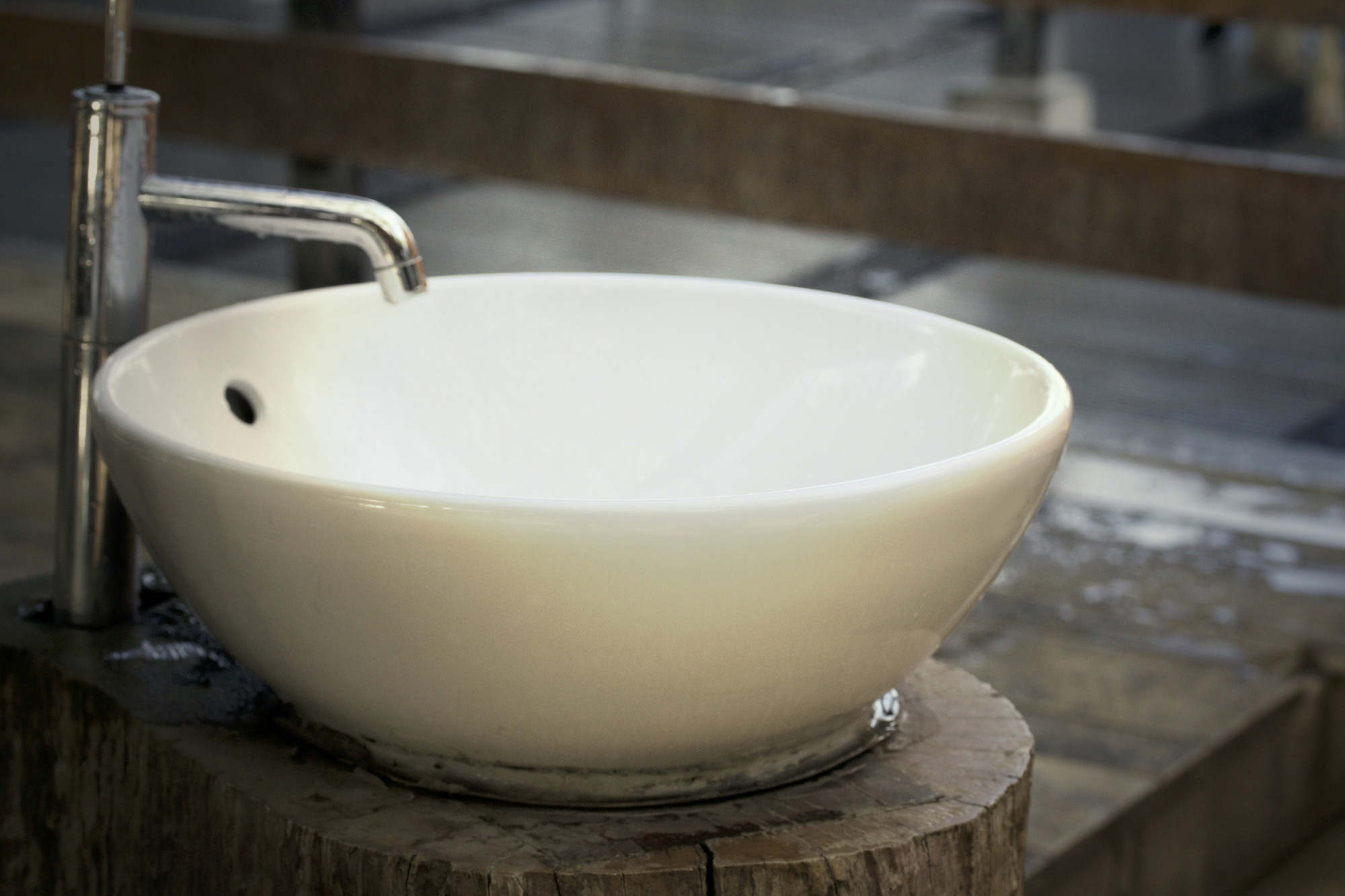
7. Electrical Connections
Electrical connections should be properly sized and installed in a way that meets relevant codes and regulations. The contractor needs to ensure that the electrical supply can deliver the required voltage to the unit.
8. Defrost Cycle
Heat pumps can sometimes experience frost buildup, which can reduce efficiency. The defrost cycle is responsible for removing the frost. It is important to ensure that the heat pump system is configured to minimize the need for frequent defrost cycles, which can waste energy.
9. Regular Maintenance
Like any other HVAC system, heat pumps require regular maintenance to ensure optimum performance. The contractor should provide the homeowner with guidelines on when and how to maintain the system for optimal efficiency.
10. Professional Installation
Perhaps the most important best practice is to ensure that the heat pump system is professionally installed. This means choosing a licensed, experienced contractor who can guarantee a high-quality installation job. A professional installation will reduce the risk of problems such as leaks, poor performance, and energy inefficiency.
Conclusion
In conclusion, heat pumps offer many benefits to homeowners. They are energy-efficient, cost-effective and environmentally friendly. However, for maximum efficiency, professional installation is essential. The ten best practices highlighted in this article are key to ensuring that the heat pump system is installed correctly and maintained for optimal performance. So, if you are thinking of installing a heat pump for your home, make sure to choose a licensed and experienced contractor who can guarantee a high-quality installation job. Don’t forget to contact Ace Plumbing at (844) 711-1590 for all of your plumbing needs or visit their website at aceplumbingrepair.com.

